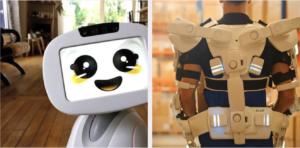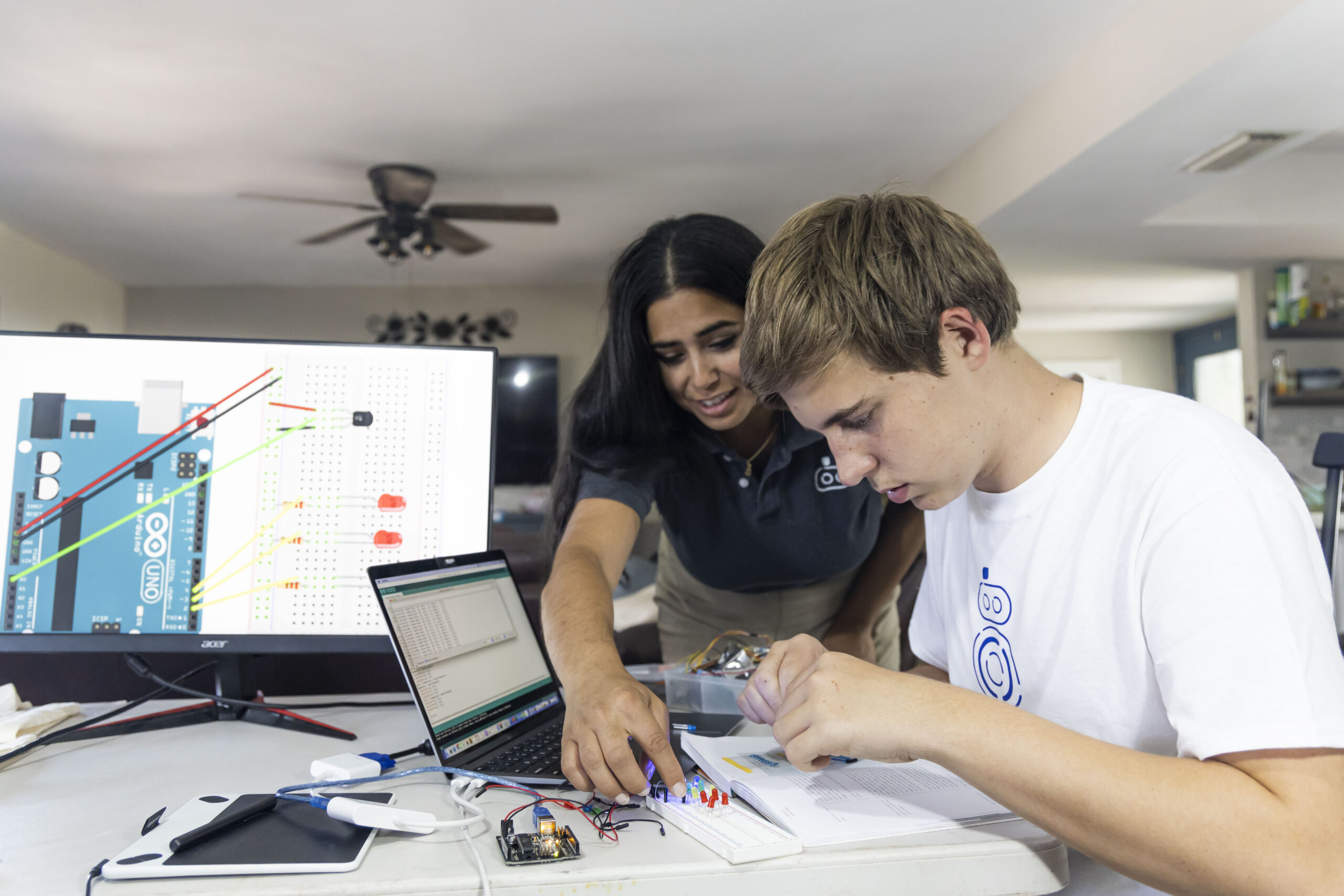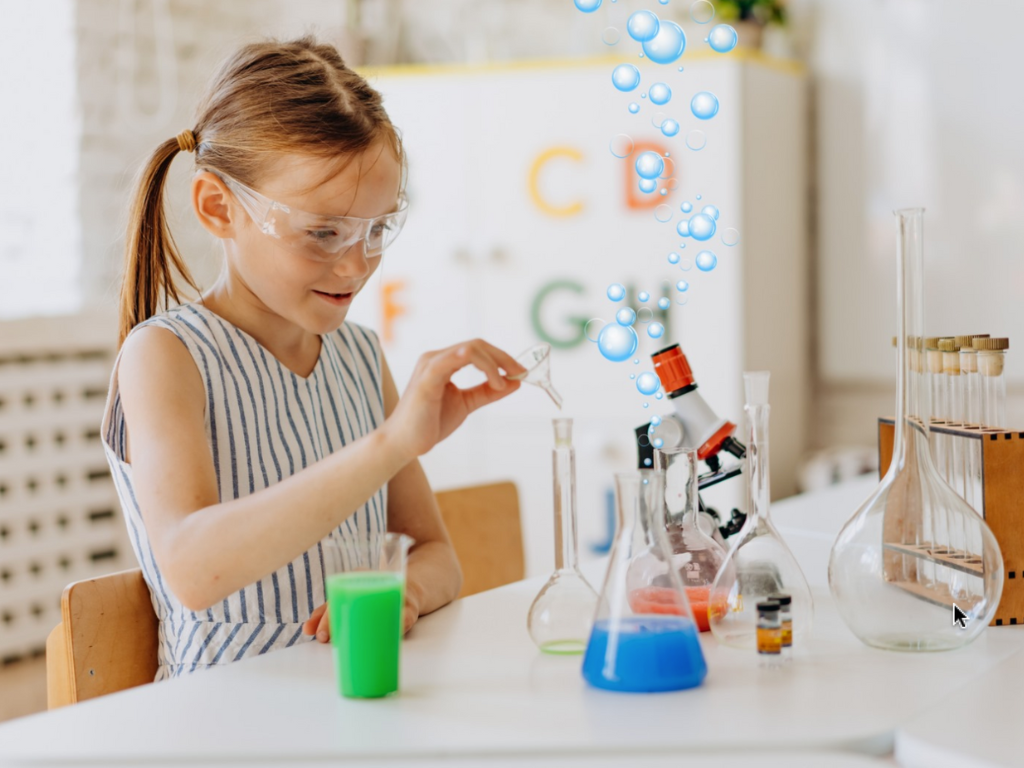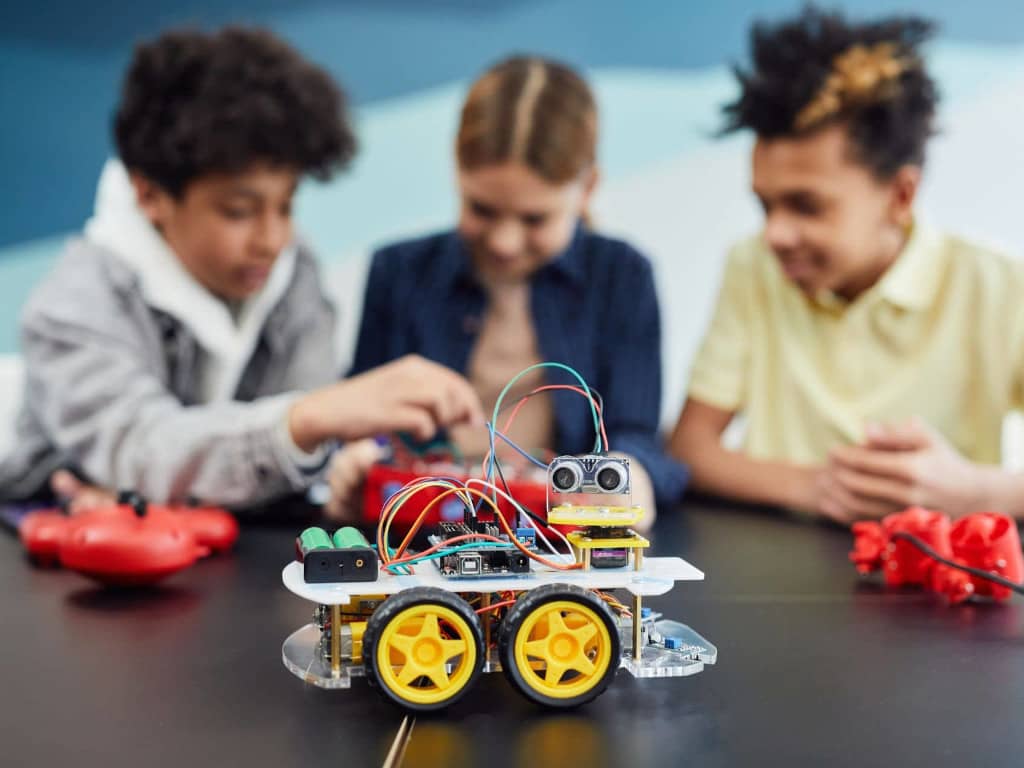Robots in our daily lives: From today to the society of the future

What are they for and what types of robots are there?
Robots exist in order to serve as tools to help us perform difficult or dangerous tasks. They can help us lift large amounts of weight as well as rescue people in places impossible for us to reach.
Robots can even interact with us in a more personal way as with Amazon’s Alexa or Apple’s Siri, allowing us to establish a conversation or control physical elements in our home from a device such as a tablet or cell phone via the internet.
Understanding how the evolution in the development of robots is taking place going forward will help us understand their value in improving our quality of life.
What impact do robots have on how we can live better lives?
In certain aspects of our lives we always encounter obstacles, whether at home or at work. You can be a business entrepreneur, an educator, an engineer, a doctor or an astronaut and each activity has its own particular challenges: how to improve a production process, how to awaken a student’s interest in a complex teaching topic, how to deactivate landmines without endangering lives, how to attend patients remotely or how to discover the secrets of other planets such as Mars.
Robots improve these aspects of our lives in sectors such as: industry, health, entertainment, space missions and sports competitions, which increase our efficiency and productivity by performing tasks that are too complicated for us, showing greater precision and versatility.
Along with this, the aim is to make robots more accessible and manageable for people while we develop what we know as the new digital skills.
Today there are already robots that are not only improving our quality of life but also have a low environmental impact on the planet.
There are cleaning robots that use ultraviolet light to disinfect physical spaces of bacteria and are being applied in hospitals to reduce the spread of COVID-19. These robots help keep both patients and medical staff safe, and are also used in public spaces such as hotels and public transportation areas.
There is also the Exoskeleton, a robot that functions as a suit that helps people in wheelchairs to be able to walk again, which has an impact not only physically but also mentally. Exoskeletons even help in the recovery of neurological disorders. These robots are a great help in lifting weights without harming people’s health.
How will robots help us in the future? What are we working on for the future?

We have seen news about Musk’s humanoid robot, as well as his intelligent cars promising a world that was previously only accessible in science fiction books and movies. However, there are other incredible projects focused on education, caring for our loved ones, and home assistance and security among other cases.
The Buddy robot from Blue Frog robotics is designed for the home as a companion or assistant, it has sensors, a 3D camera and WiFi connection. What makes Buddy special are its qualities: it offers help in kitchen activities, educational training for the little ones in the house, security inside the home and represents a pleasant companion for the elderly in our home.
The next robot was commissioned by the European Union, it is called L2TOR and is a robot designed to help children in language teaching, it is intended for the educational sector to perform as a robot tutor.
A final example is the BioMot robot, an Exoskeleton developed by NRG-CSIC for the health sector as a robot assistant and rehabilitation tool.
However, this is not all that robots can offer, there are people thinking of developing robots with the ability to be more human-like, i.e. with the possibility of interacting with us on a more personal level. Would this be possible?
Sociable robots
A sociable robot from sensors and mechanical parts? And what makes it possible for a robot to go beyond that, to understand its environment and make decisions on its own? The secret lies in a very interesting and currently very popular topic: artificial intelligence.
With the passage of time and the advancement of technology, artificial intelligence has taken the capabilities of robots to more complex possibilities. So much so that today we can find robots that can interact with certain personality qualities of a person.
Thus, the goal for the future is robots that connect with us through interpersonal interaction, allowing them to fit into our daily lives. To this end, designers are looking to learn from psychological research in areas such as perception, social intelligence, emotional intelligence and communication.
One of the challenges lies in giving robots the ability to learn from humans so that they can adapt and respond to human behavior. This is where elements such as machine learning are relevant: robots will need to read and interpret situations such as facial expressions, speech sounds to respond with empathy or correct the way a small child pronounces a word.
Another challenge is to make the person want to socialize with the robot. A fundamental requirement for this is that robots must be reliable and safe in performing the tasks for which they are designed. Here artificial intelligence is of great help with its advances in robotics.
As robotics technology advances we are discovering the wonderful things that robots are capable of for our benefit. In a few years we will surely be talking about possibilities that seem impossible today.
Technological progress teaches us that the impossible does not exist, what hundreds of years ago did not fit in our imagination, today is a reality, something normal.
Our website is a window to the incredible world of robotics. We seek not only to teach young people, we also seek to develop a curriculum for schools. Our goal is to bring robotics to everyone.
We invite you to continue exploring the world of robotics. If you found this topic interesting, share it with your friends and parents. Don’t forget to share it on your social media and follow us on Facebook and Instagram.
Sources:
Birmingham.ac.uk
Robots.net
Ifr.org
Apa.org
Distrelec.de
Ideas.darden.virginia.edu











